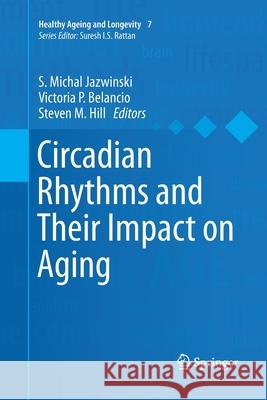Circadian Rhythms and Their Impact on Aging » książka
topmenu
Circadian Rhythms and Their Impact on Aging
ISBN-13: 9783319878164 / Angielski / Miękka / 2018 / 361 str.
Wydawca:
Springer
Seria wydawnicza:
Język:
Angielski
ISBN-13:
9783319878164
Rok wydania:
2018
Wydanie:
Softcover Repri
Ilość stron:
361
Waga:
0.54 kg
Wymiary:
23.37 x 16.28 x 2.03
Oprawa:
Miękka
Wolumenów:
01
Dodatkowe informacje:
Wydanie ilustrowane











